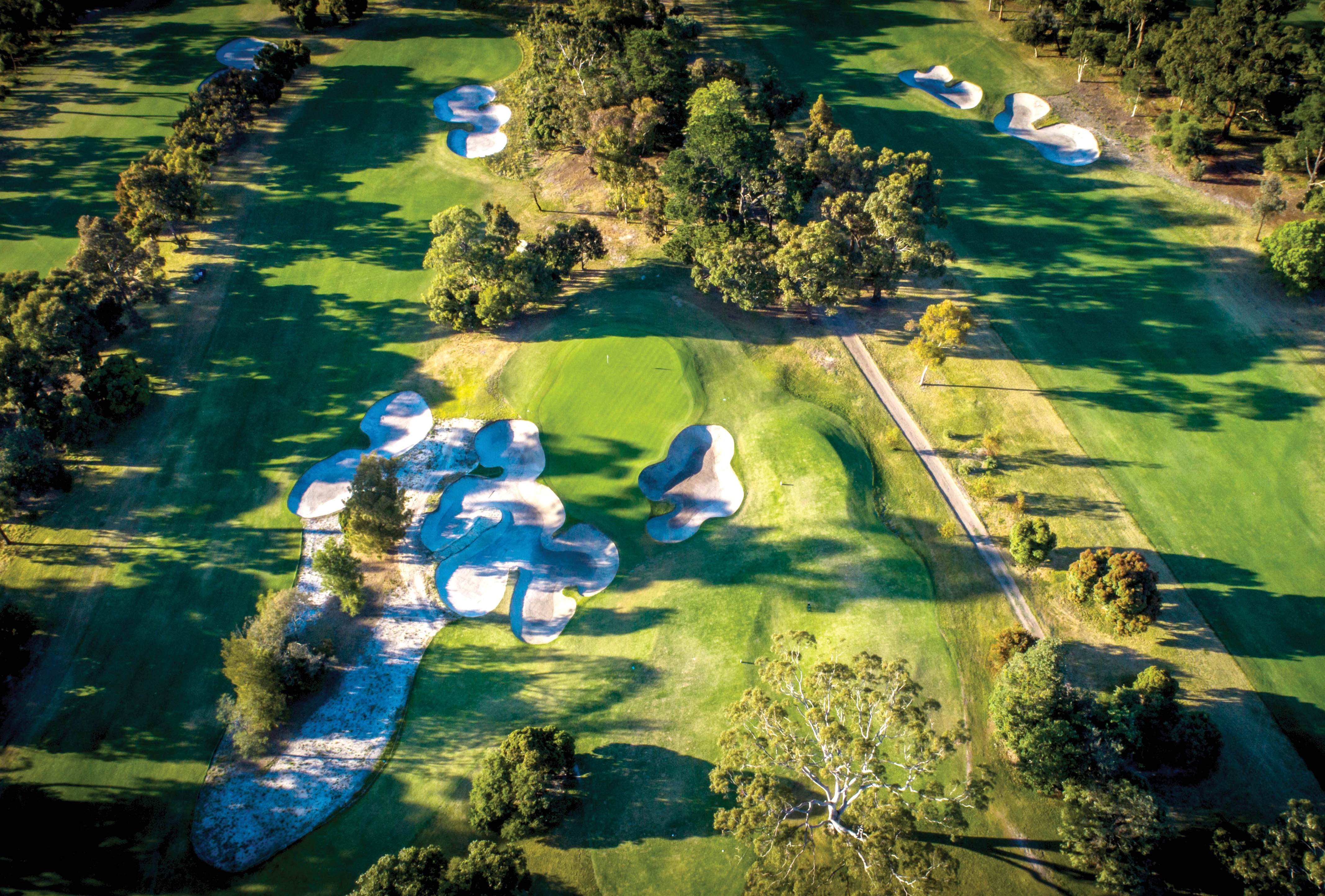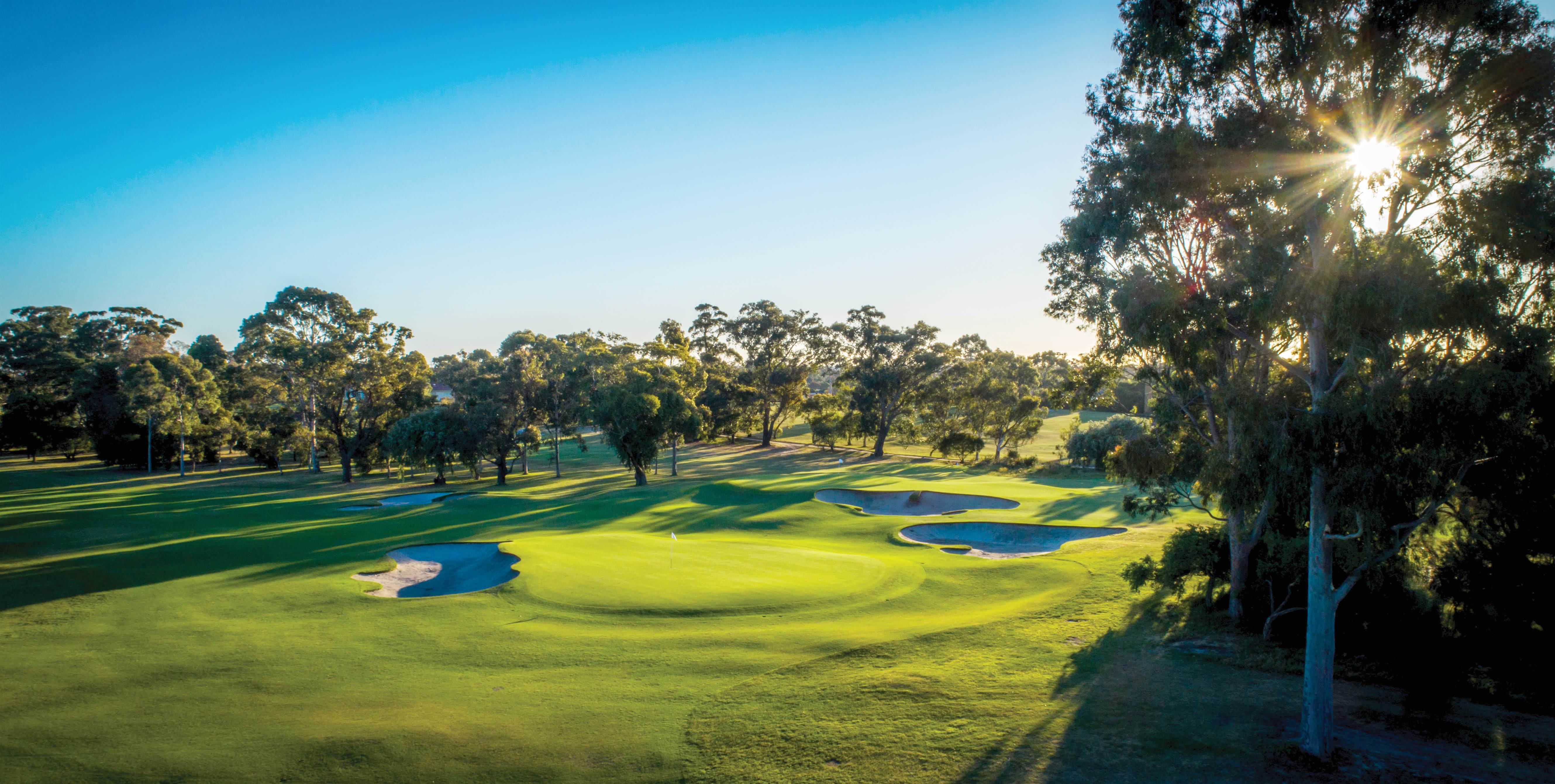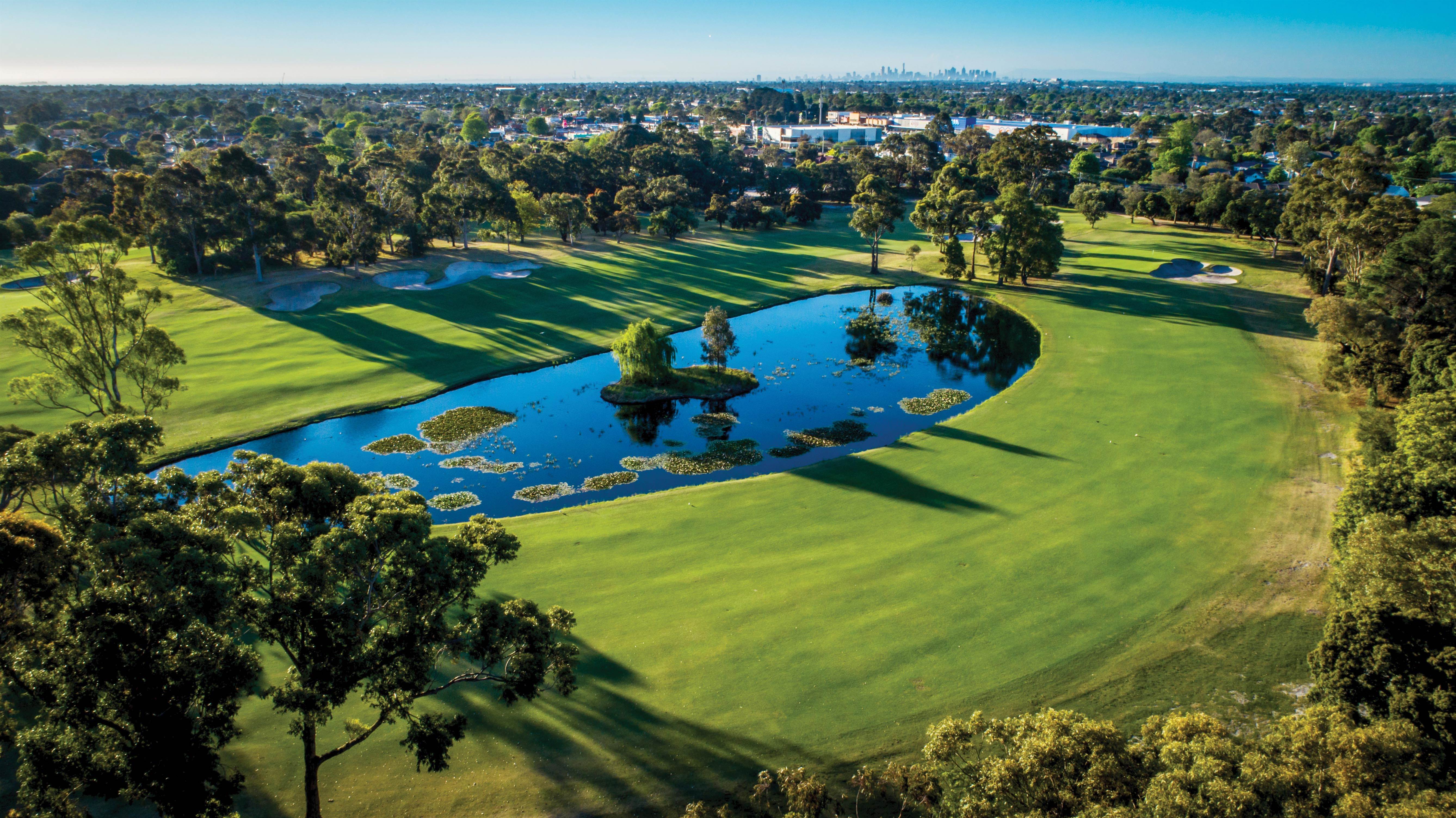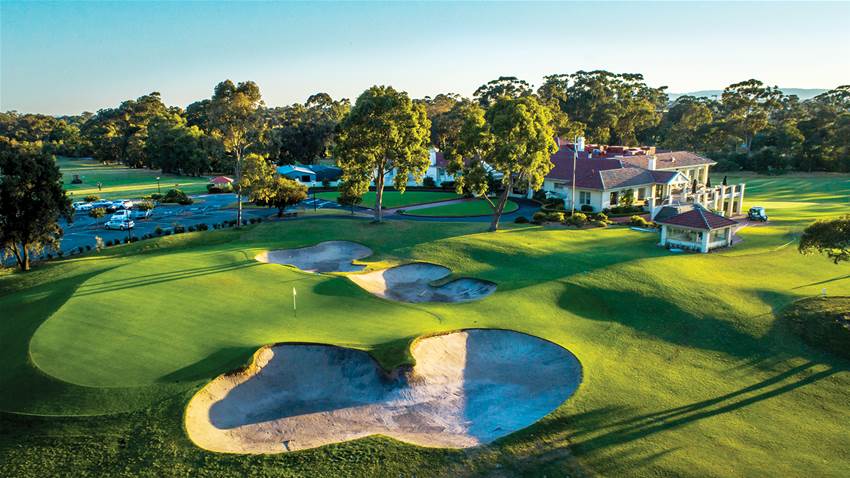A century after being established, one of the Melbourne Sandbelt’s finest layouts is looking to tweak its design to better reflect its origins.
It is nearly 100 years since the first rounds were played on the current site of the Commonwealth Golf Club.
That momentous occasion took place in February 1921 some 10 months after the new club was constituted and land – regarded as scrub country and comprising only 89 acres – was purchased near Centre and Warrigal Roads, South Oakleigh, right in the heart of the now world-famous Melbourne Sandbelt.
Sadly, the club’s centenary was to be celebrated with a series of events throughout 2020 but the COVID-19 pandemic forced the postponement of many. The club, however, is still hopeful of commemorating its first 100 years in style at some stage soon. Hopefully, it will happen as the club’s success story – evolving from a 12-hole layout to become one of Australia’s finest courses – deserves toasting.
The course was extended from 12 to 18 holes in 1926 after the club’s devoted captain, Charles Lane, travelled to Great Britain to study the design work of legendary course architect Harry Colt. Lane returned to put the finishing touches on the greens and bunkers, often taking to the course with a shovel in hand to do the work himself.
This design was completely changed between 1935 and 1938. In that time, 18 greens were rebuilt, a new system of greenside bunkering was implemented, fairway bunkers were altered, and new tees built. All of this work was done under the charge of the club’s secretary manager Sloan Morpeth, a three-time New Zealand amateur champion.
Morpeth’s work back then – despite any changes that have been made since – laid the foundation of a fine Melbourne Sandbelt course.
Morpeth spent 33 years managing the club and after he retired from that position, he pursued more course design work. But Commonwealth remained close to his heart and in the mid-60s he oversaw extensive changes to the 10th and 11th holes, which were completed in time for the club to host its first, and only, men’s Australian Open Championship. Peter Thomson claimed the title for the second time – 16 years after the first – defeating Colin Johnston by seven strokes.

In the years since there have been plenty of changes to the layout, with the most dramatic being the conversion of all the fairways and greens surrounds to Legend couch grass more than a decade ago.
There are even more changes afoot, with course and clubhouse masterplans due to take the club well into its second century.
In terms of the layout, course superintendent John Mann is looking to turn back the clock and recapture some of the original aspects of the Lane and Morpeth designs.
“There was work done here in the early 1990s and part of that work was to lengthen the golf course to make it a longer ‘championship’ course,” said Mann, whose previous appointments have been at Sandbelt neighbours, Woodlands and Royal Melbourne.
“With that there were some architectural changes made, which potentially compromised some of the strategy and some of Lane and Morpeth’s original intent.
“Golf courses, generally over 100 years, are fiddled with all the time. One committee comes in and engages someone to do some work and 20 years later someone else comes in. So, there has been a bit of that happen at Commonwealth throughout its history, and we just felt we needed to get back to our original intent with the golf course.
“Vegetation encroachment plays a large part in that as well. You lose some of the original playing and sight lines. Both of those things need to be readdressed … and again, these matters arise on a course over a 100-year period. It happens everywhere, and you just have to peel back the layers and make architectural and vegetation change to get back to what the original design was all about.”

Part of the process of change has already begun, with the decision to overplant the Legend couch fairways with Santa Ana couch, which the club believes is going to provide the best playing surface and is going to be the most sustainable in the long term.
“That will take up to 10 years to completely colonise over the top of the Legend couch, so it will be a gradual process,” Mann said.
“We considered the architectural impact that may have, with golf balls running slightly further, but for me, every golf hole you tell me plays easier, I’ll give you another hole that will play harder because of that same reason.
“Making holes easier with faster, firmer fairway turf is a bit of a myth really. For every hole that might play shorter, there’s going to be another that plays trickier or more difficult. Length has never really been the required factor at Commonwealth, it’s more about the strategy and playing the correct angles.”
Mann agrees that fast and firm Santa Ana couch fairways have proven to be the best defence of a golf course.
“For me, firm surfaces enhance and put a premium on strategy,” he said. “We’re a really strategic course and to realise its full potential the course needs to play firmer. It’s really important for Commonwealth to get back to those principles.”

Commonwealth is no different to its neighbouring Melbourne Sandbelt courses in that the bunkering here, particularly greenside, is brilliant. The bunkering combines well with the beautifully contoured green surrounds and tilted putting surfaces – designed as such to dictate that an approach must come from the right spot in the fairway.
This is best seen on Commonwealth’s wonderful collection of par-4s, with two of its more memorable two-shotters featuring late in the round.
The 364-metre 16th hole is one of the most photographed holes on the course, but it is also a classic risk-and-reward hole. The fairway doglegs left around a lake and some players might be tempted to blast their drives over the water to chase a simple approach and possible birdie. But the conservative play can also reap a birdie but the longer approach must be left below the hole on what is a significantly sloping putting surface from back to front.
The 307-metre 17th is a terrific short par-4 that will inflict as many bogies as it will reward with birdies. Approaching this green is best from the right half of the fairway to avoid playing a blind approach over trees and to take advantage of the left-to-right camber of the putting surface.
How this hole and a host of others might play in the future with the proposed agronomy and vegetation changes remains to be seen but, for now, the prospect of Commonwealth raising the strategic bar is an exciting one.
FACT FILE
LOCATION: Glennie Ave, South Oakleigh, Victoria, 3167.
CONTACT: (03) 9575 0444.
WEBSITE: www.commonwealthgolf.com.au
DESIGNERS: Sam Bennett (1921); Charles Lane (1926); Sloan Morpeth (1938, 1965); Kevin Hartley (1992); Geoff Ogilvy, Mike Clayton, Mike Cocking & Ashley Mead – OCCM (2006-2019).
GREEN FEE: Commonwealth Golf Club is a private golf club where play is primarily restricted to members, however green fee play is available for Interstate and International guests, with green fee of $300.
PGA PROFESSIONALS: Marcus Hakkinen and John Wade. Ben Davey, golf operations manager.
COURSE SUPERINTENDENT: John Mann.
MEMBERSHIP: Commonwealth has two membership application paths available – one if you know current members at Commonwealth to act as Proposer and Seconder and one if you do not have this current member support.
All new members commence in the Six Day category (excludes Saturday), and upgrading to Seven Day playing rights is subject to field sizes and player comfort, which is reviewed regularly. An entrance fee and annual subscription fee is payable. New Member intakes are approximately quarterly.
ACCOLADES: Golf Australia magazine Top-100 Courses ranking, No.28.
Related Articles

Review: Omaha Beach Golf Club

Drinks With... Ricky Ponting








_15th_hole.jpg&h=115&w=225&c=1&s=1)




